Avid gardeners know that fall is a busy time in the garden. Not only is it the second best time planting time (after spring), but you will also need to trim or relocate plants that thrived in the summer and prepare your garden for the winter. Here are our favorite September gardening tips.
Schedule your new plantings to be in the ground six weeks before the first frost
Fall is an excellent time to plant many perennials (plants that bloom year after year). This is because the ground is still warm, and the air is getting cool enough to promote healthy root growth in these plants that return yearly.
The most important thing is to figure out your planting zone and when you can expect the first frost to take place. In Sparta, Tennessee (where The River Club is located), the earliest frost date is October 19. This means that early September is the perfect time to plant new trees and shrubs and to divide your perennials. Once the ground is frozen, root growth will cease almost entirely until spring, so this six week window gives plants time to establish themselves enough to withstand cold and snow.
Which plants can be planted in the fall?
Cool season annuals
These are flowers such as pansies, violas and snapdragons. They are surprisingly resistant to cooler weather; they don’t mind frosty evenings and many will even tolerate temperatures down to the mid-20s. Plus, their colorful blooms will give your garden a real “pop” in the fall. Just make sure you plant your pansies and violas in full sun.
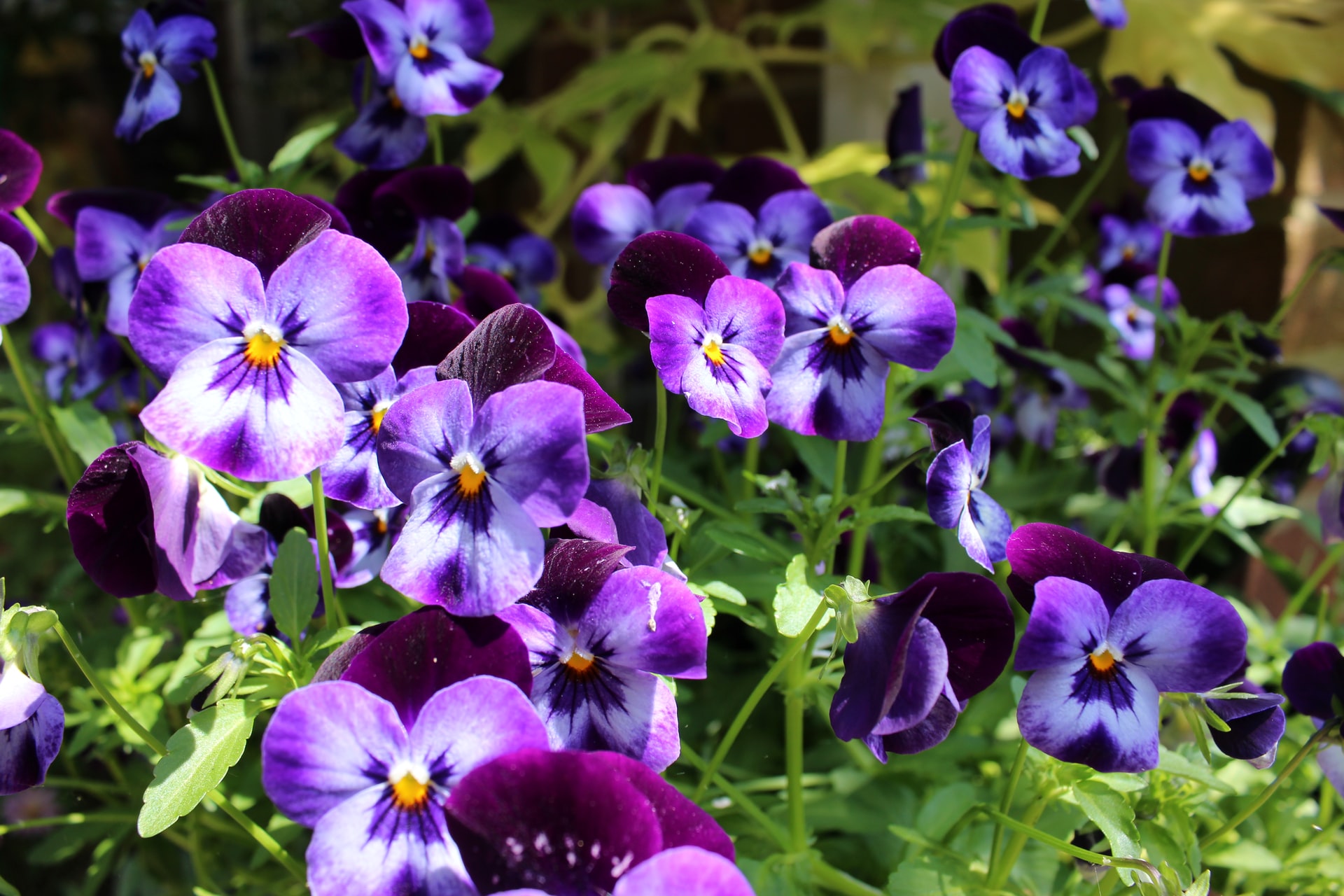
Additional September gardening tip: Although they bloom in the fall, chrysanthemums are actually perennials and should be planted in the spring.
Trees, shrubs and perennials
Most people think that spring is the best time to plant trees, shrubs and perennials, but in actuality many prefer to be planted in the fall. This is because cooler temperatures are easier on the plants, so there is less chance for them to suffer from heat stress. When the air temperature becomes cooler than the soil temperature, new top growth slows. This allows plants to focus their energy on root development. The moisture from fall rains also helps trees and shrubs establish strong root systems.
Beautiful spring blooming broad-leafed evergreens, such as azaleas and rhododendrons, prefer an early fall planting. Remember, you should plant trees and shrubs four to six weeks before the ground freezes to give them enough time to become established.
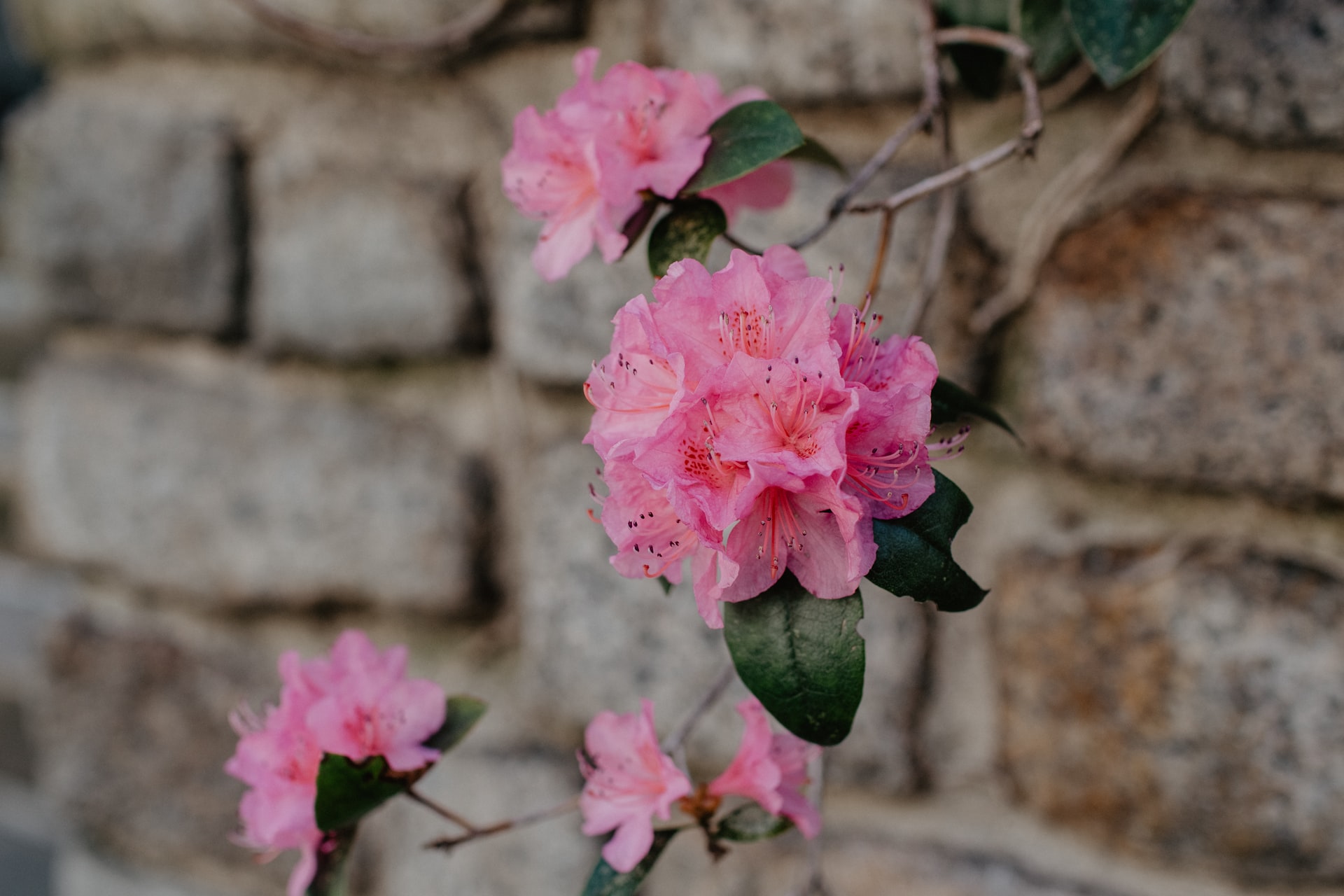
Winter greens
Do you want to have some fresh greens for your winter salads? If so, you should plant them in the fall. Greens like kale, collards, rapini and chard all grow well if planted six weeks before the first frost. Fast-growing root veggies such as radishes, beets, and turnips also thrive in cool conditions and take less than two months to mature.
Spring bulbs
Fall is the perfect time to plant beautiful spring blossoms because they need a full winter of beauty sleep to get read for their spring coming out party. Daffodils, hyacinths and crocuses can all be planted in September. The exception to this is tulips. They should be kept in a cool, dark place and planted in late October.
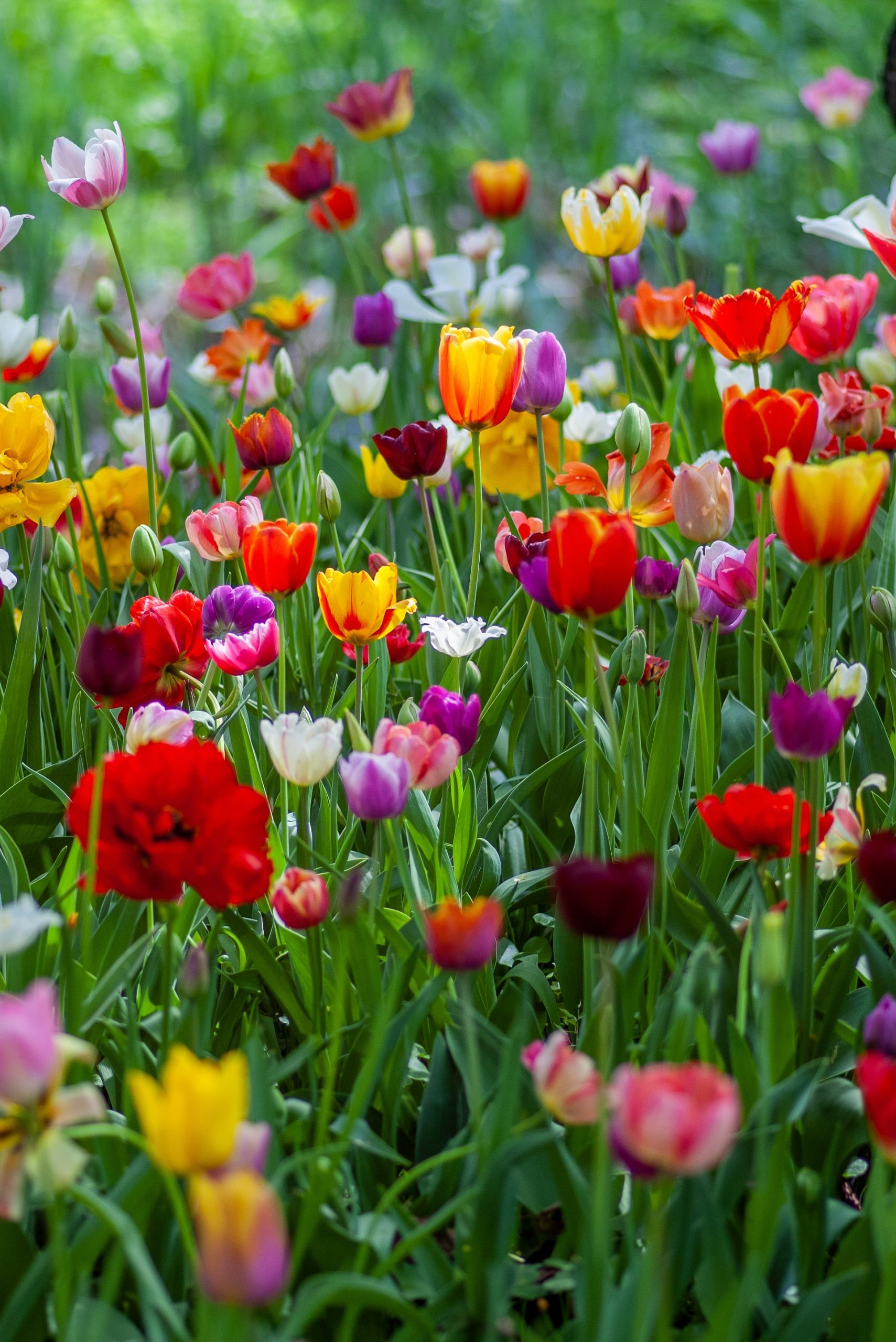
Pull up your annuals
Although fall is the perfect time to plant many perennials, annuals only last one season. Typically they are planted in April (after tax day is a good rule of thumb for Middle Tennessee gardeners), flower in the spring and summer and are generally seeing better days by the time September comes along. Some petunias can flower well into the fall. However, one of our most important September gardening tips is to resist the temptation to keep annuals as long as possible. You should pull them out (roots and all) before the first frost. You can compost healthy annuals, but if roots or leaves show signs of disease, simply throw them away.
Cut back select perennials
It is important to cut back many perennials both to keep your garden looking better, and to control pests and diseases. Here is a list of perennials you should cut back in the fall:
- Bearded Iris
- Bee Balm (Monarda)
- Phlox
- Lilies
- Gaillardia (Blanket Flower)
- Catmint (Nepeta)
- Columbine (Aquilegia)
- Daylily (Hemerocallis)
- Peony (Paeonia)
- Salvia
- Solomon’s Seal (Polygonatum odoratum)
- Yarrow (Achillea)
- Hostas
- Astilbe
It’s especially important to cut back plants that have received slug damage. This is because slugs lay their eggs in dormant foliage, so if you remove it, you will have less slug issues in the spring. And no one wants slugs in their garden.
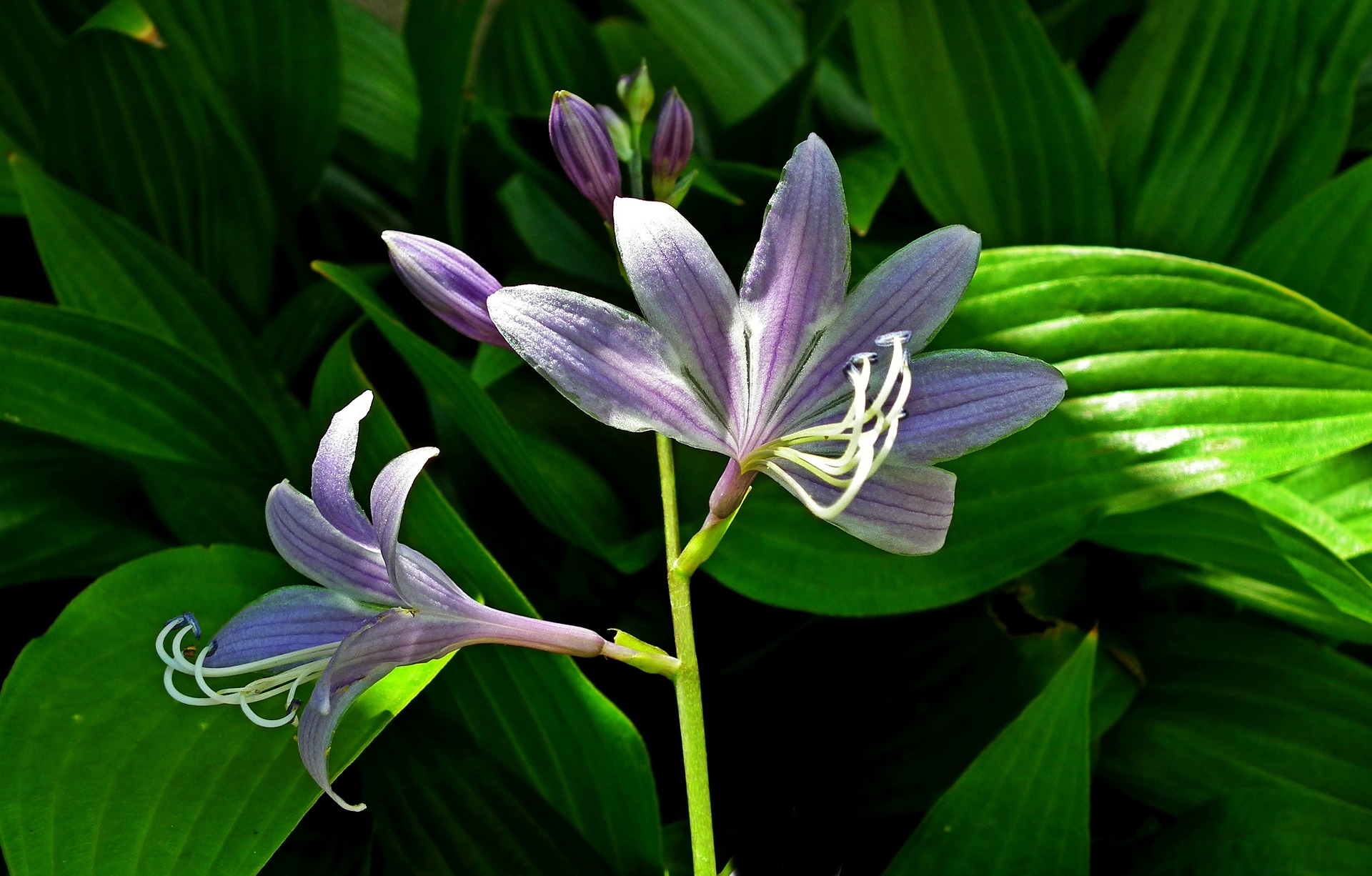
Manage your hydrangeas
Hydrangeas can be tricky. Only plants that are old, neglected or damaged need to be cut to the ground. However, sometimes healthy plants do need to be pruned. When you prune them depends on the type of hydrangeas you have. Some need to be pruned in the late summer after they have bloomed, others should be pruned in late winter before they start their spring growth. Many hydrangeas can go years before they need pruning. In fact, if you over-prune in September, you risk cutting off blooms that are formed in the fall, therefore sacrificing your flowers for next year.
If you plan on leaving your hydrangeas outside during the winter (this can be done in growing zone 7, which covers Middle Tennessee), you need to mulch them in the fall. Mulch gives hydrangeas general protection and creates a more consistent environment than what is happening outside. Hydrangeas benefit from an organic mulch that decomposes and adds nutrients to the soil. Chopped leaves, compost, pine straw and pine bark are examples of organic mulches suitable for hydrangeas. Apply the mulch 3-5 inches deep: fine mulches (pieces are smaller than a half an inch) should be applied three inches deep, medium mulch (pieces one inch) should be applied four inches deep and courser mulches should be applied five inches deep. Make sure to apply the mulch under the entire area under the canopy, but no closer than two inches to the plant’s stem. This minimizes the risk of crown rot.
How to dry hydrangea blossoms
Dried hydrangea blossoms are beautiful in bouquets, or even as stand alone blooms. However, there are a few little tricks you need to know to dry hydrangeas perfectly. The first is to know when to cut them from the plant. You should wait until the flowers begin drying naturally on the stem. After several weeks of blooming, the petals will start to feel papery and shift in color. This is the time to cut them from the plant. Make sure to pick only the most perfect blooms, as drying them will enhance any imperfections in the blossoms. Ideally, you should harvest them in the morning, after the dew has dried from the petals. Cut the stems at an angle, keeping 12 to 18 inches of the stem.

When you are finished, strip the stems of leaves and place the blooms in a vase of water. Many people think you should hang them upside down and let them dry in the air. However, allowing them to dry in water helps preserve their color.
After you place them in the vase, make sure several inches of the stem are submerged. Do not overcrowd the vases. Each bloom needs good air circulation to dry and ample space to maintain an open form. Blooms may take two or more weeks to dry. You can add more water to the vase if it has evaporated but the flowers are not yet dried. The flowers are dried when the petals feel stiff and the stem snaps easily.
Plan for the holidays
You can force poinsettias so that they bloom for Christmas if you move them indoors now. Place them on a sunny windowsill. Each night, your must keep them in a cool, dark place where there is no light for 14 hours. Do this for 6-10 weeks, until they achieve the proper color.
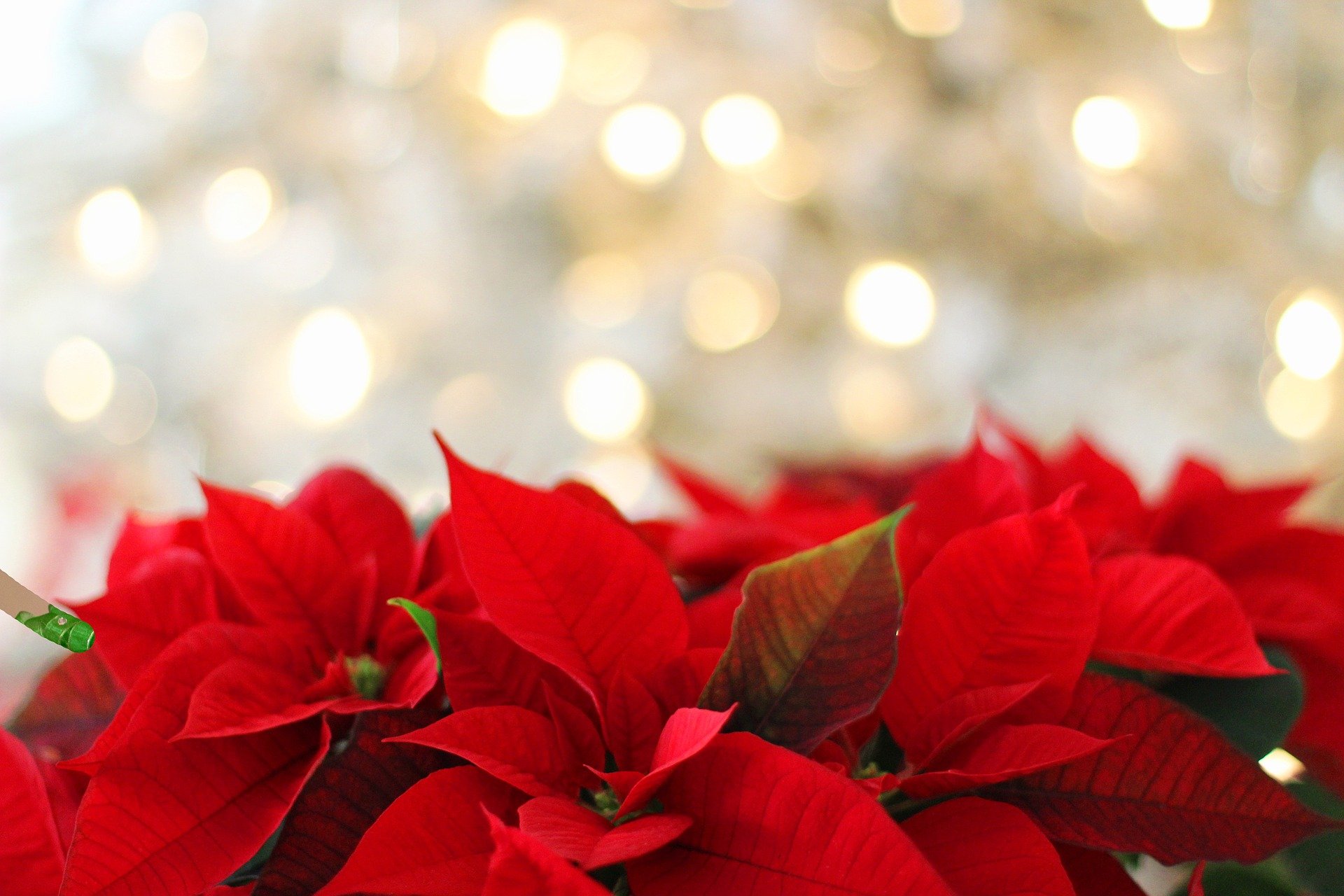
Are you considering relocating to someplace more serene, where you can spend time gardening and engaging in other outdoor activities? If so, The River Club could be the perfect place for you. The River Club is located in idyllic Middle Tennessee, on the banks of the Calfkiller River. If you want to visit the property, send us a message and we will be happy to introduce you to this beautiful riverside community.

